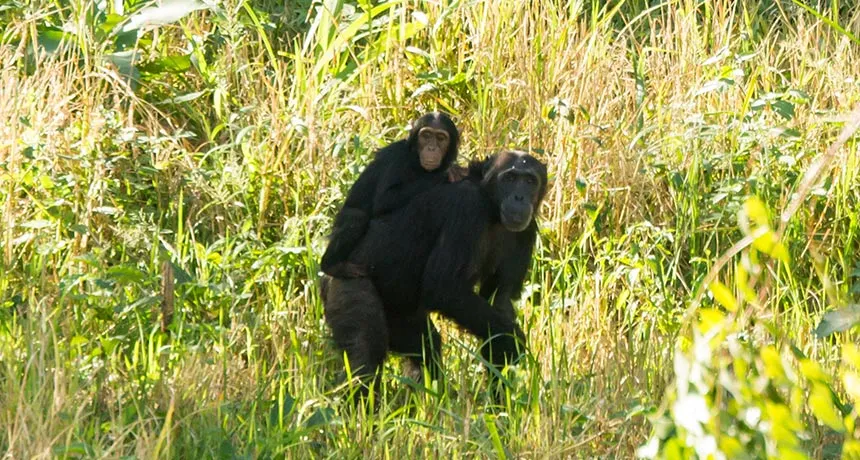Chimps keep numbers high as forest losses mount

Chimpanzees in western Uganda have fared better than researchers previously estimated.
Jack Lester

Chimpanzees in western Uganda have fared better than researchers previously estimated.
Jack Lester